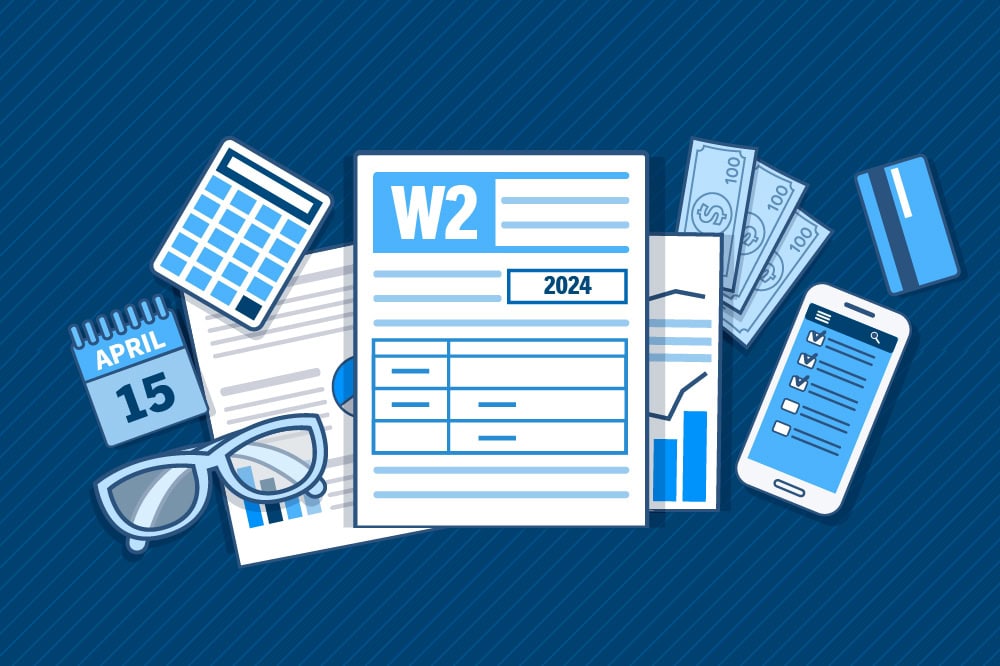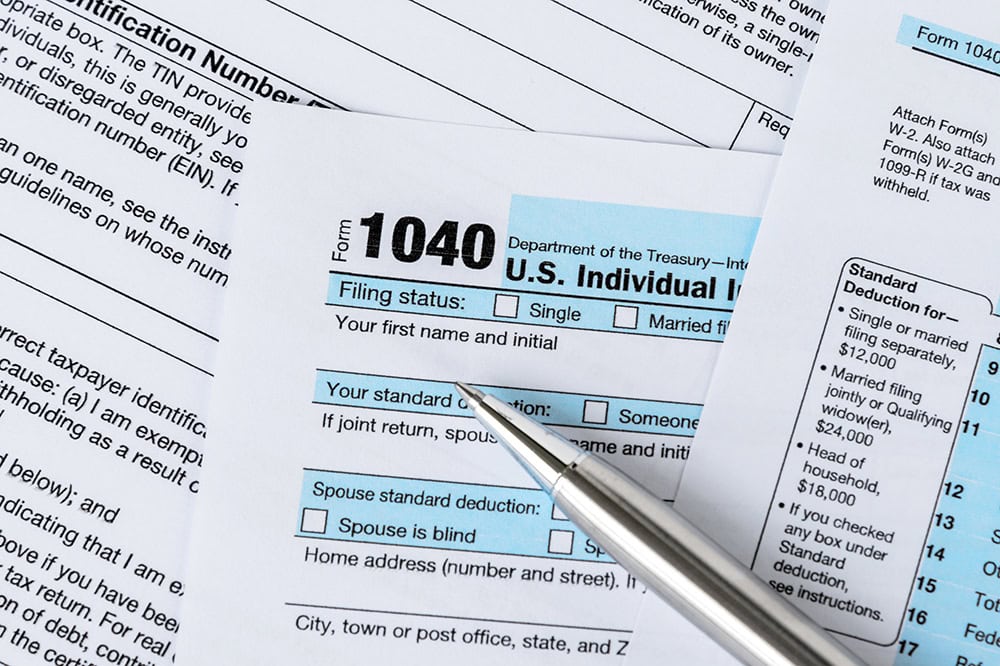What Is R Versus G and Why Does It Matter for the National Debt?
The combination of higher debt levels and elevated interest rates have increased the cost of federal borrowing, prompting economists to consider the sustainability of our fiscal trajectory.
Read MoreDebt vs. Deficits: What’s the Difference?
The words debt and deficit come up frequently in debates about policy decisions. The two concepts are similar, but are often confused.
Read MoreInfographic: How the U.S. Tax System Works
One issue that most lawmakers and voters agree on is that our tax system needs reform.
Read MoreSocial Security Reform: Options to Raise Revenues
Here are the pros and cons for three approaches to increasing funds dedicated to Social Security.
Read MoreWhat Is Inflation and Why Does It Matter?
Here’s an overview of inflation, why it matters, and how it’s managed.
Read MoreHow Much Is the National Debt? What Are the Different Measures Used?
There are three widely used measures of federal debt. What are the important differences between these measurements?
Read MoreWhat Is the Primary Deficit?
The primary deficit is the difference between government revenues and spending, excluding interest payments. Learn more about the U.S. primary deficit.
Read MoreWhat Are Automatic Stabilizers and How Do They Affect the Federal Budget?
To better respond to business cycle fluctuations, many important programs in the federal budget automatically adjust spending based on economic conditions.
Read MoreWhat Is the National Debt Costing Us?
Programs that millions of Americans depend on and care about may be feeling a squeeze from interest costs on our high and rising national debt.
Read MoreBudget Basics: Tax Expenditures
Tax expenditures can come in the form of exclusions, exemptions, deductions, and credits.
Read More








